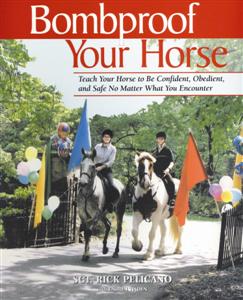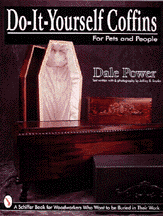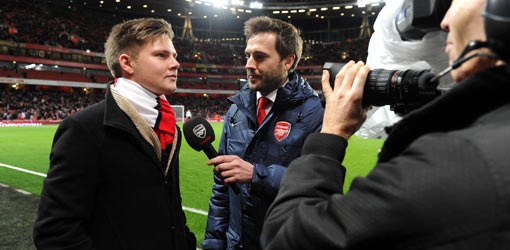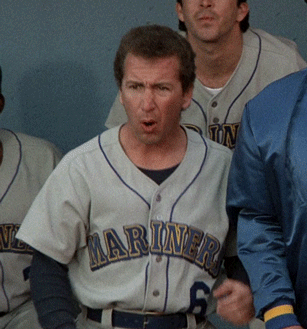Shooting a documentary and own the following kit:
- 'Kit 1.' Fostex FR2-le, Promix 3, boom, shockmount, zep, dead kitty etc... with an ECM-674 that never ceases to pleasantly surprise. Boom wielder '1' has some experience and has a track record of capturing decent sound.
- 'Kit 2.' DR-100, boom pole with all the trimmings, NTG-2. Boom swinger '2' has a poor track record and virtually no experience but we may need only a few seconds of sound from them, if that.
Kit '1' will be on the 'subject' and kit 2 will be on the subject's family. At the end, will bring in kit '1' to backup kit 2 for the 'incredible' shot.
This will be shot at various motorcycle racetracks around the country plus interviews outside where there may be motorbikes. Our first, test setup is at an RAF base with jets taking off and landing as well as being surrounded by motorbikes. This, first test setup is more to understand how to shoot and placement of the crew (who will have to run around a bit) but we will be running some basic tests based on what we hear.
Shoots will be across the country in different locations on a number of different days over the period of 6 months so if hiring kit, would cost thousands. Cheaper to buy than to rent.
Will do the sound post myself including foley up until a certain point. If it is good enough, will hand over to a pro to complete foley (yes, I know it's a doc but...), sound cleanup, throw a soundtrack over certain bits (especially the ropier bits) and then bring it all into line.
So if you were recording with this stuff, what would you add to the mix? Would you add a mixer to the Tascam? Would you just junk the Tascam and get another FR2-le (which is what I'm thinking about)? What literature would you encourage me to buy? Are there any essentials missing you would get? Is there any (cheap, $500 USD) 'post' sound software you believe would be good?
Any tips?
Need to do this as cheaply as possible but my rule is that if something is out there which I am missing, I may just try to get my hands on it.
What are your thoughts?
- 'Kit 1.' Fostex FR2-le, Promix 3, boom, shockmount, zep, dead kitty etc... with an ECM-674 that never ceases to pleasantly surprise. Boom wielder '1' has some experience and has a track record of capturing decent sound.
- 'Kit 2.' DR-100, boom pole with all the trimmings, NTG-2. Boom swinger '2' has a poor track record and virtually no experience but we may need only a few seconds of sound from them, if that.
Kit '1' will be on the 'subject' and kit 2 will be on the subject's family. At the end, will bring in kit '1' to backup kit 2 for the 'incredible' shot.
This will be shot at various motorcycle racetracks around the country plus interviews outside where there may be motorbikes. Our first, test setup is at an RAF base with jets taking off and landing as well as being surrounded by motorbikes. This, first test setup is more to understand how to shoot and placement of the crew (who will have to run around a bit) but we will be running some basic tests based on what we hear.
Shoots will be across the country in different locations on a number of different days over the period of 6 months so if hiring kit, would cost thousands. Cheaper to buy than to rent.
Will do the sound post myself including foley up until a certain point. If it is good enough, will hand over to a pro to complete foley (yes, I know it's a doc but...), sound cleanup, throw a soundtrack over certain bits (especially the ropier bits) and then bring it all into line.
So if you were recording with this stuff, what would you add to the mix? Would you add a mixer to the Tascam? Would you just junk the Tascam and get another FR2-le (which is what I'm thinking about)? What literature would you encourage me to buy? Are there any essentials missing you would get? Is there any (cheap, $500 USD) 'post' sound software you believe would be good?
Any tips?
Need to do this as cheaply as possible but my rule is that if something is out there which I am missing, I may just try to get my hands on it.
What are your thoughts?









